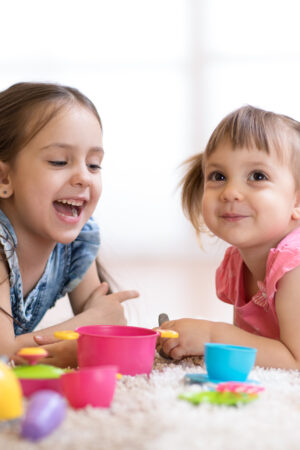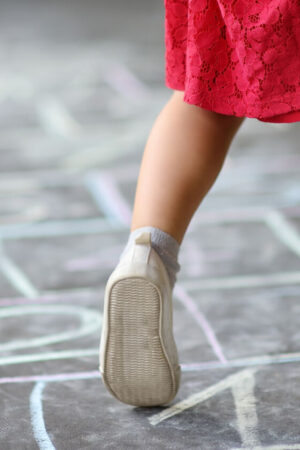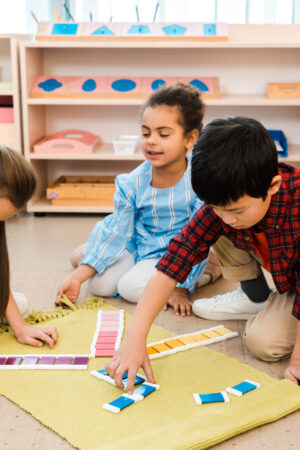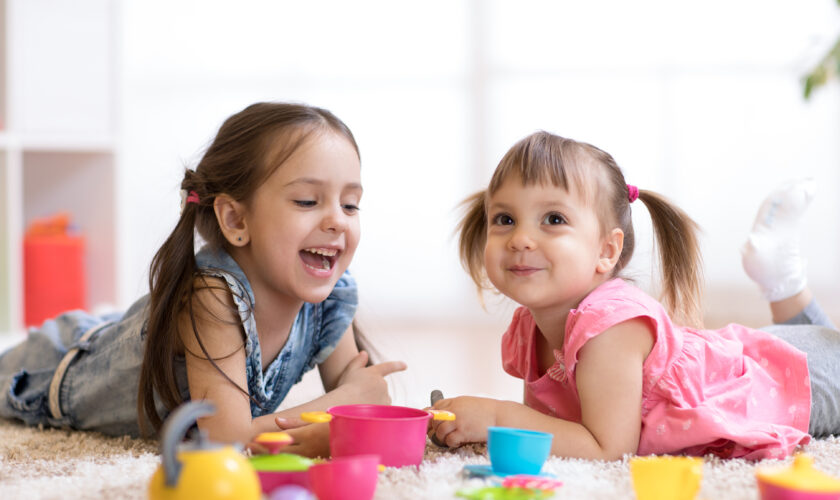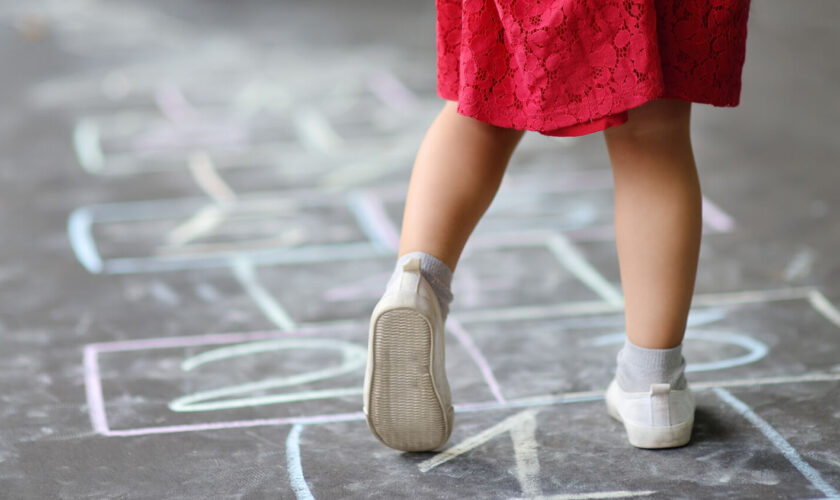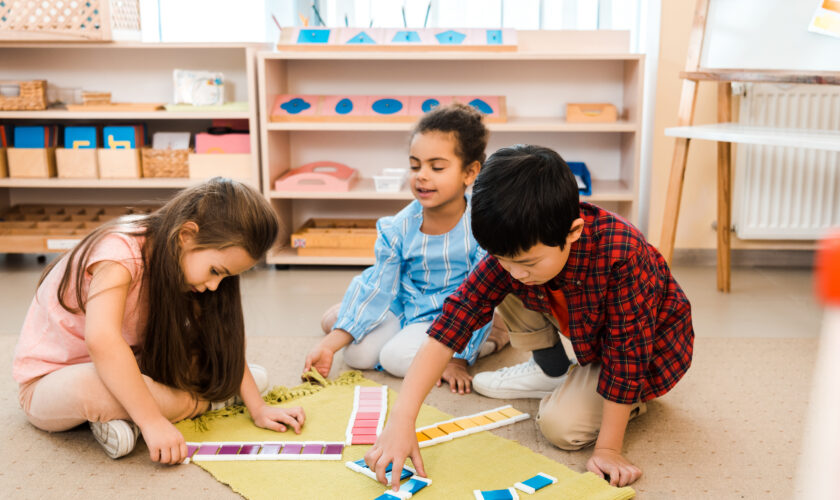Lisa Mulliken
At the start of each workday, the first thing I do is refer to the “to-do” list that sits on my desk. The list gives me a visual picture of what I need to accomplish each day and crossing things off the list gives me a feeling of accomplishment. I recently had to get my driver’s license renewed. As I entered, I took a number, sat down, and watched the screen telling me which number they were currently helping, and which number was up next. I hate waiting so having a countdown of sorts helped me wait and know that I would be helped soon and able to get on with my day. As I drove home, I followed the visual traffic signals that let me know when to stop and go and where to turn. When I’m at the gym, I refer to my watch to see how much longer I need to exercise to meet my goal. All these things are examples of visual supports. Visual supports are pictures, images, or signs that communicate expectations or information.

